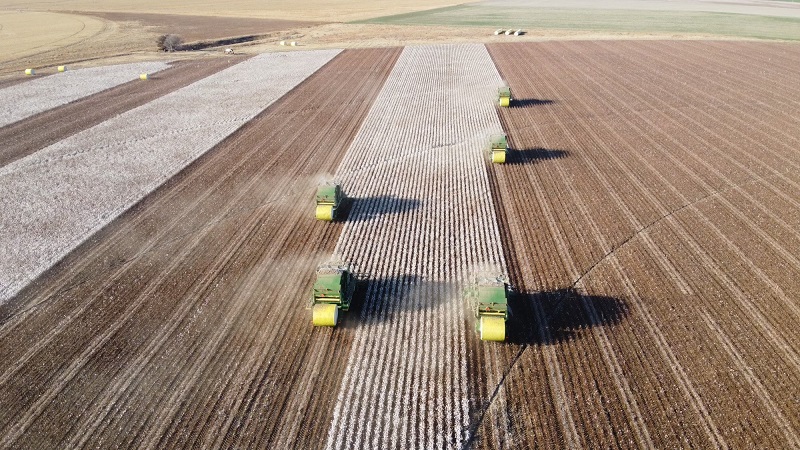Cotton/Soybean Rotation Reminders
From Cotton Grower Magazine – January 2017
Growers have a lot of decisions to make as planning begins for the 2017 crop year. For cotton growers, that also means examining their options for crop rotation, watching commodity prices early in the year and making the best choices they can for their farming operation.
In the Mid-South, a cotton and soybean rotation has proven its value over the years.
“Cotton and soybeans go together real well,” said Trent Irby, Mississippi State University Extension soybean specialist. “I haven’t seen a lot of issues when farmers use this rotation.”
But, as simple as it may seem, there are several things that growers need to keep in mind before loading the hopper and heading to the field. According to Irby, growers need to take a close look at each field’s recent cropping history for planning purposes.
“One of the first things growers need to do is determine if they need to inoculate their soybeans for the bacteria that allows nitrogen fixation,” stated Irby. “It’s generally not a problem in fields where soybeans have been grown recently. But for land that’s been in cotton for several years, there’s probably no bacteria present to allow nitrogen fixation to occur.
“If a grower rotates soybeans onto those cotton acres and forgets to inoculate the seed, it’s likely that he’ll have to apply nitrogen to that field like we do for cotton and corn,” he adds. “That’s just a situation we want to see in soybeans.”
The recent approval of Monsanto’s XtendiMax with Vapor Grip technology now opens the door for in-crop applications of this dicamba formulation on both Bollgard II XtendFlex cotton varieties and Roundup Ready 2 Xtend soybeans. Irby anticipates that there will be plenty of acres of both, based on adoption and seed availability.
He also won’t be surprised if there are some growing pains along the way.
“From the farmer’s perspective, it may be convenient to adopt a new herbicide trait technology in soybeans, especially if he’s also growing cotton varieties with the same technology,” said Irby. “There could be some advantages when it comes to utilizing machinery and ease of management.
“One concern I have for cotton farmers that may also be planting Roundup Ready 2 Xtend beans is to remember that the Bollgard II XtendFlex cotton varieties have tolerance to dicamba, glyphosate and glufosinate. The soybeans are only tolerant to dicamba and glyphosate. I would hate to see a grower get in a hurry after spraying his cotton with Liberty, then move on to the beans. It would be a big issue and lessons learned the hard way.”
Irby plans to emphasize that point – as simple as it seems – repeatedly during winter meetings with growers.








